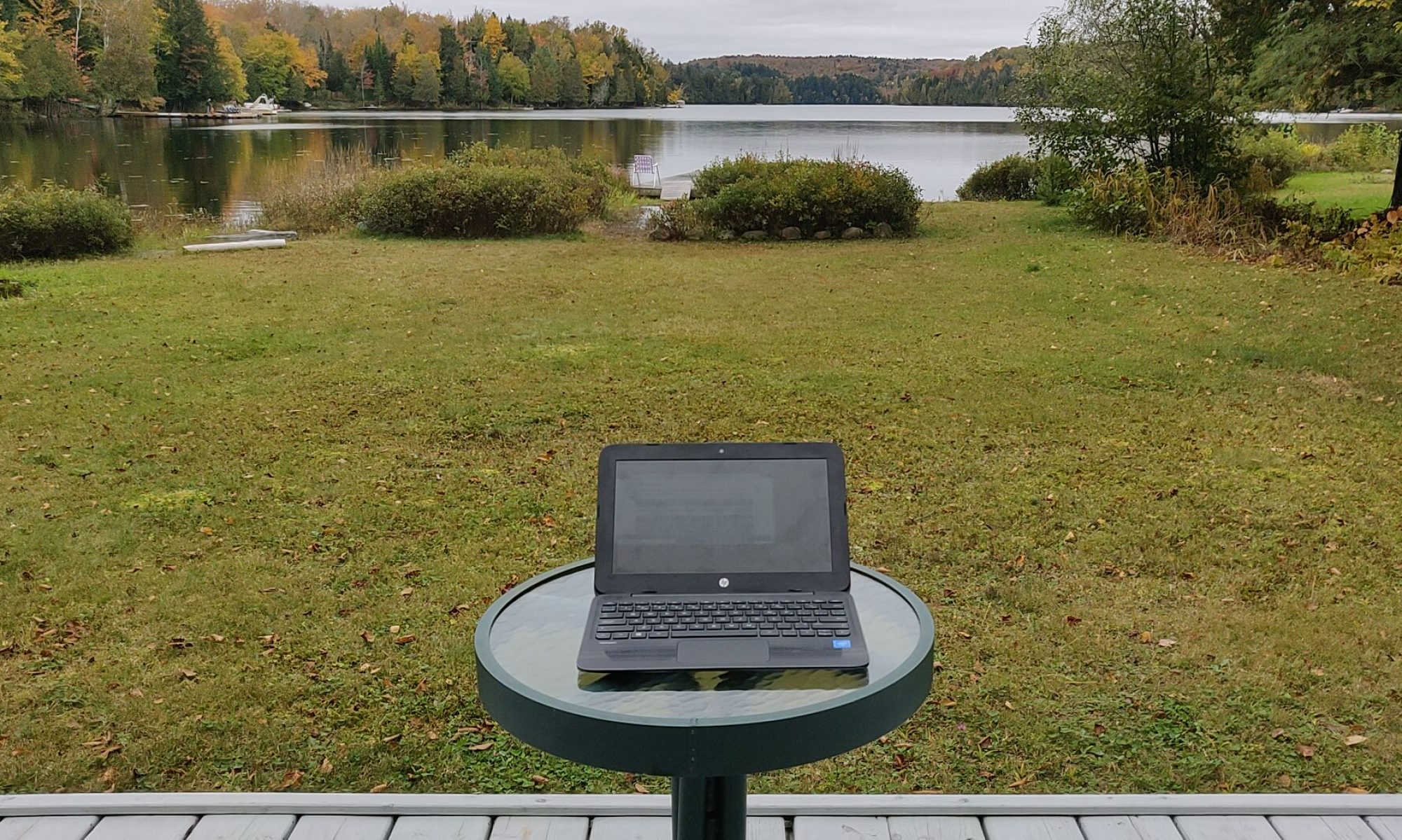Although my experience with web hosting servers goes back two decades, I have recently stopped hosting content for others, and no longer maintain DNS or email server infrastructure.
Given the trends of consolidation and cloud, what are the best practices to manage a digital footprint at the beginning of 2018? There are 4 fundamentals: domain registrar, dns server, email server, and web server. For bonus points, a test server.
Here is what I did, which is a strategy that would be suitable for a small business or personal presence on the Internet, or for a startup up to 10 or 20 people.
Domain registrar
I purchased the domain on which this is hosted from godaddy.com
DNS server
GoDaddy offers a terrific DNS control panel built-in — I encourage people to use it rather than giving up control of their DNS to a hosting ISP.
email server
A colleague continues to maintain an email server, and has been gracious enough to host my email. I would suggest outsourcing your email to a boutique ISP like integrationm.com, or a service like Gmail for Business.
web server
What works for me:
I leased a small Virtual Private Server (VPS) from Digital Ocean running Fedora Linux, and have configured it to host a few websites, including my personal blog using WordPress, and some vacation photos. Some people might want a server with cPanel in order to manage the server.
What you should consider as a hosted option:
Get a WordPress blog from a boutique ISP like integrationm.com or wordpress.com, or if you need a builder and commerce capabilities, squarespace.com to host the www.domain.com and domain.com for your site. Do not give the ISP control of your DNS, just ask them for the IP address and point to the hosts using your DNS control panel.
Test server
I have a test server at home, a Vista-class 64 bit dual core with 4GB RAM and a small SSD for the operating system, and a few big usb external drives formatted with ext4 and ntfs partions, running Fedora 27. I can supplement the limited resources of a very small VPS package by mounting, over the WAN, the file system on my home test server. Some of this can of course be done as a network mount like xfs or smb (windows style) over a VPN link. However, an even cleaner yet still secure approach is sshfs remote file system mount, which I predict will make many VPN setups redundant or greatly simplified in the future.
We may live in the age of the cloud but there is still room for individual expression and self-sufficiency. It’s never too late to reformat a piece of junk as a home test server.
